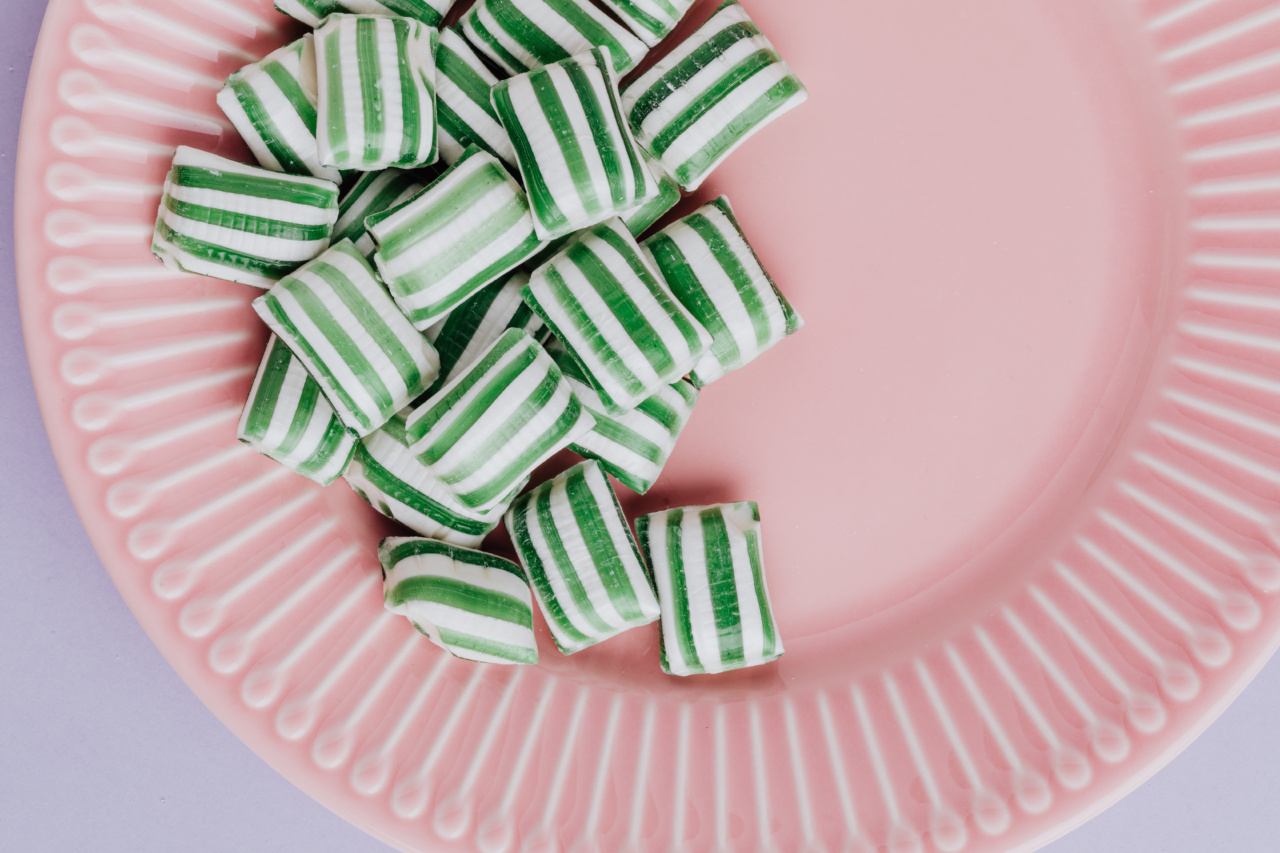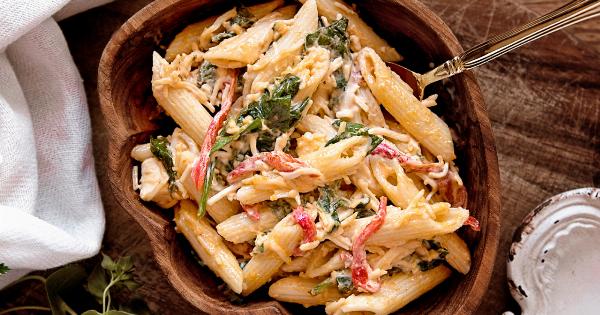As the holiday season approaches, many of us look forward to indulging in delicious meals and treats. However, all that festive feasting can take a toll on our waistlines.
It’s no secret that Christmas calories can quickly add up, leaving us feeling guilty and bloated. In this article, we’ll dive into the world of holiday dining and explore just how many calories are lurking on your plate.
Understanding the Basics of Calorie Counting
Before we delve into the specifics of Christmas calories, let’s have a quick refresher on calorie counting. Simply put, a calorie is a unit of energy found in food and beverages that our bodies need to function.
When we consume more calories than we burn, our bodies store the excess as fat, leading to weight gain. On the other hand, when we consume fewer calories than we burn, our bodies tap into stored fat for energy, resulting in weight loss.
The Festive Feast: Traditional Christmas Foods
Christmas gatherings often feature a feast filled with mouthwatering dishes that vary from country to country and even from household to household. Let’s explore some common holiday favorites and their approximate calorie counts:.
1. Roast Turkey
A staple of Christmas dinners, roast turkey is a lean source of protein. A typical serving of skinless turkey breast (about 3 ounces) contains around 125 calories.
2. Mashed Potatoes
Smooth and creamy mashed potatoes are a beloved side dish. However, be careful with portion sizes as they can quickly rack up the calories. One cup of mashed potatoes made with butter and whole milk can contain approximately 237 calories.
3. Gravy
No roast dinner is complete without a generous drizzle of gravy. However, it’s worth noting that gravy can contribute quite a few calories to your plate. A quarter cup of turkey gravy packs in around 71 calories.
4. Stuffing
Stuffing is a traditional holiday dish made with bread and various herbs and spices. While incredibly tasty, it’s often high in calories due to its buttery and carb-loaded ingredients. A half-cup serving of stuffing contains roughly 180 calories.
5. Cranberry Sauce
Cranberry sauce offers a tangy and refreshing contrast to the savory dishes on your plate. However, it’s important to note that canned cranberry sauce can pack a sugary punch. A quarter cup of canned cranberry sauce contains around 105 calories.
6. Christmas Pudding
A festive British dessert, Christmas pudding is a rich and dense treat often made with suet, breadcrumbs, dried fruits, and spices. Each slice of Christmas pudding can contain approximately 305 calories.
7. Eggnog
This creamy and indulgent holiday beverage is made with eggs, milk, sugar, and sometimes a splash of alcohol. However, a small 8-ounce glass of eggnog can pack a hefty caloric punch, with around 224 calories.
8. Gingerbread Cookies
Gingerbread cookies, often decorated with festive icing, are a beloved holiday treat. However, these sweet delights can lead to a significant calorie intake. One large gingerbread cookie can contain approximately 190 calories.
9. Chocolate Yule Log
This festive cake, shaped like a log, is often made from chocolate sponge cake and creamy fillings. Savoring a slice of chocolate yule log can add around 280 calories to your day.
10. Mulled Wine
A warm and spiced holiday beverage, mulled wine is a favorite for many during the festive season. However, with its combination of wine, sugar, and spices, a small glass of mulled wine can contain about 200 calories.
Tips for Managing Christmas Calorie Intake
While it’s important to enjoy the holiday season, it’s also crucial to be mindful of your calorie consumption. Here are some tips to help you navigate the festive period without overindulging:.
1. Practice Portion Control
Be mindful of portion sizes and try not to go back for seconds. Fill your plate with a variety of foods, focusing on lean proteins, veggies, and whole grains.
2. Keep Moderation in Mind
Allow yourself to enjoy your favorite holiday treats but in moderation. Rather than indulging in everything at once, savor small portions and listen to your body’s signals of fullness.
3. Be Aware of Liquid Calories
Remember that calories can hide in your drink choices as well. Opt for lower-calorie beverages such as water, unsweetened tea, or light versions of your favorite drinks.
4. Include Physical Activity
Engage in physical activity to help burn off some of those extra calories. Consider going for a walk, playing outdoor games, or dancing to your favorite holiday tunes with loved ones.
5. Plan Ahead for Healthier Alternatives
If you’re hosting or preparing a holiday meal, consider incorporating healthier alternatives into your menu. Experiment with lighter ingredients and cooking methods to reduce calorie counts.
The Bottom Line
The holiday season is a time for celebration and togetherness, often revolving around food. While counting every single Christmas calorie may not be necessary, being mindful of your choices can help you enjoy the festivities without going overboard.
Balancing indulgence with moderation and physical activity can make a significant difference in managing your calorie intake during this joyful time of year.




























